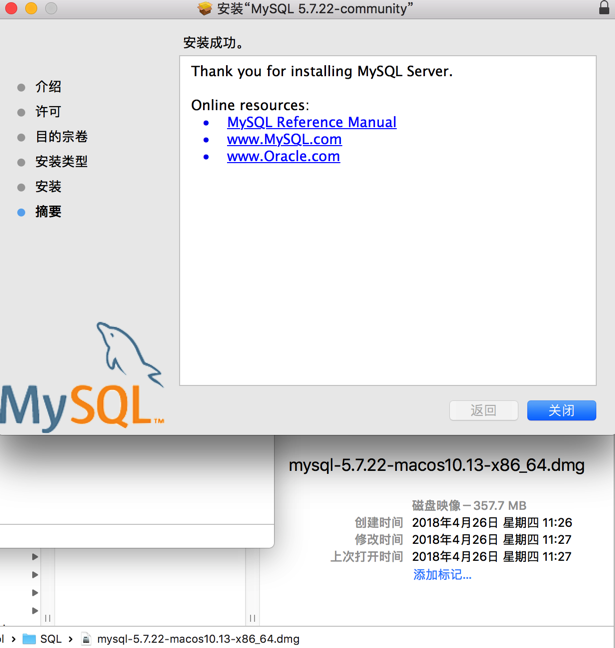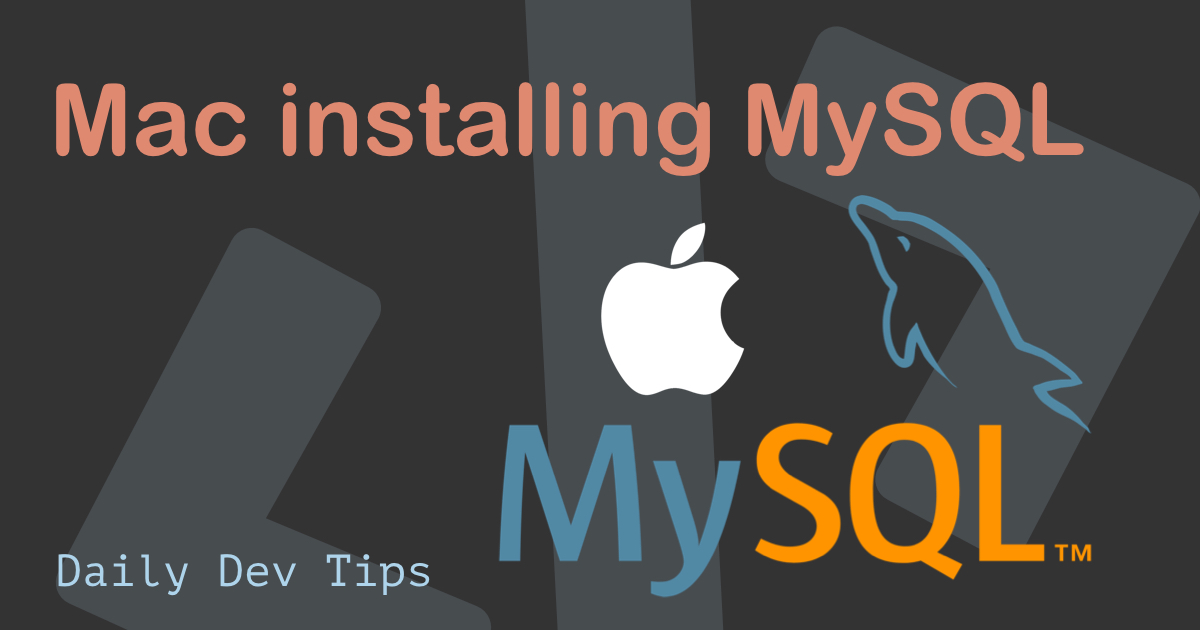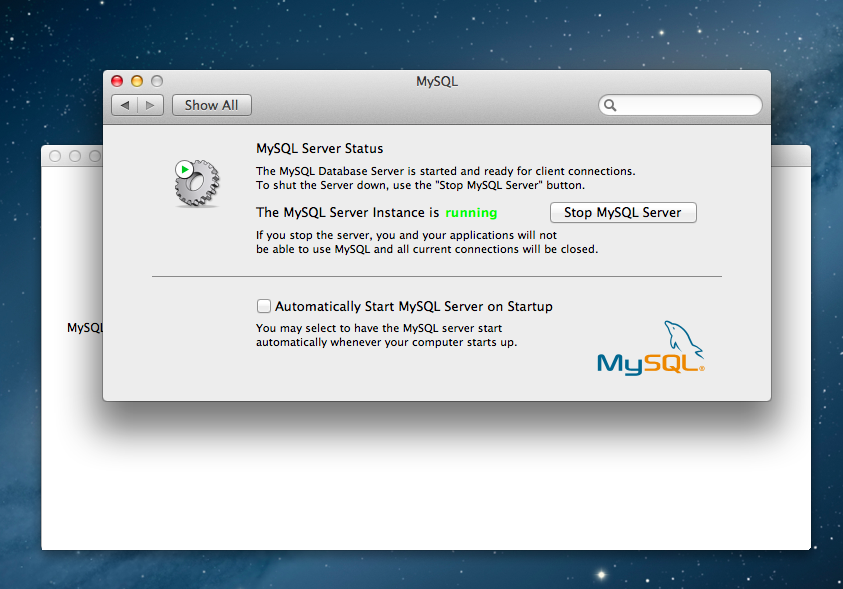

It’s highly recommended that you set a password. install.If you have never assigned a root password for MySQL, the server does not require a password at all for connecting as root. Then, we install and load the package, and finally, using user/password pair connect to a certain database. First off, MySQL Server should be launched (as in Step 3). We just want to ensure that everything works smoothly. There are dozens of tutorials on how to use this package, and one can easily google them. Provides a full interface for connecting R to MySQL. To connect to a local MySQL one has choose Socket in menu and fill in a username (default “root”) and the password that we changes in the previous step.


dmg file, open it, and drag & drop “Sequel Pro.app” to applications’ folder. I find Sequel Pro a quite useful and beautiful IDE for MySQL. (Optional) Install Sequel Pro IDE for MySQL To change the password we simply call this command, where “MyNewPass” as you already guessed is a new password: SET PASSWORD FOR = PASSWORD('MyNewPass') ĥ. Type '\c' to clear the current input statement. Other names may be trademarks of their respective Oracle is a registered trademark of Oracle Corporation and/or itsĪffiliates. Commands end with or \g.Ĭopyright (c) 2000, 2018, Oracle and/or its affiliates. If everything is done correctly, you should see something like this: Welcome to the MySQL monitor. After calling the following command, Terminal will ask for a password which we saved when installing MySQL in the first step: mysql -u root -p

Now we need to run MySQL to change a temporary password for a ‘root’ user. One can do it in Terminal: cd /Library/LaunchDaemons To do so one has to open Terminal and execute the following commands (assuming that MySQL was installed to a default folder): alias mysql=/usr/local/mysql/bin/mysqlĪlias mysqladmin=/usr/local/mysql/bin/mysqladminĮverything should go smooth so far. In order to avoid changing directories all the time before evoking mysql we can set aliases for mysql and mysqladmin commands. The app should be installed like a regular Mac app, and the procedure is well covered here.Īt the end of the installation, when one has reached a summary, a separate windows will pop up with a temporary password (as in a screenshot below). Unfortunately, even for me a documentation was a bit confusing, and I think it might be useful to have a guide of the installation process. A couple of days ago I was asked to install MySQL on MacOS 10.13, and I was surprised that it was not a one-click installation, as in case of R.


 0 kommentar(er)
0 kommentar(er)
